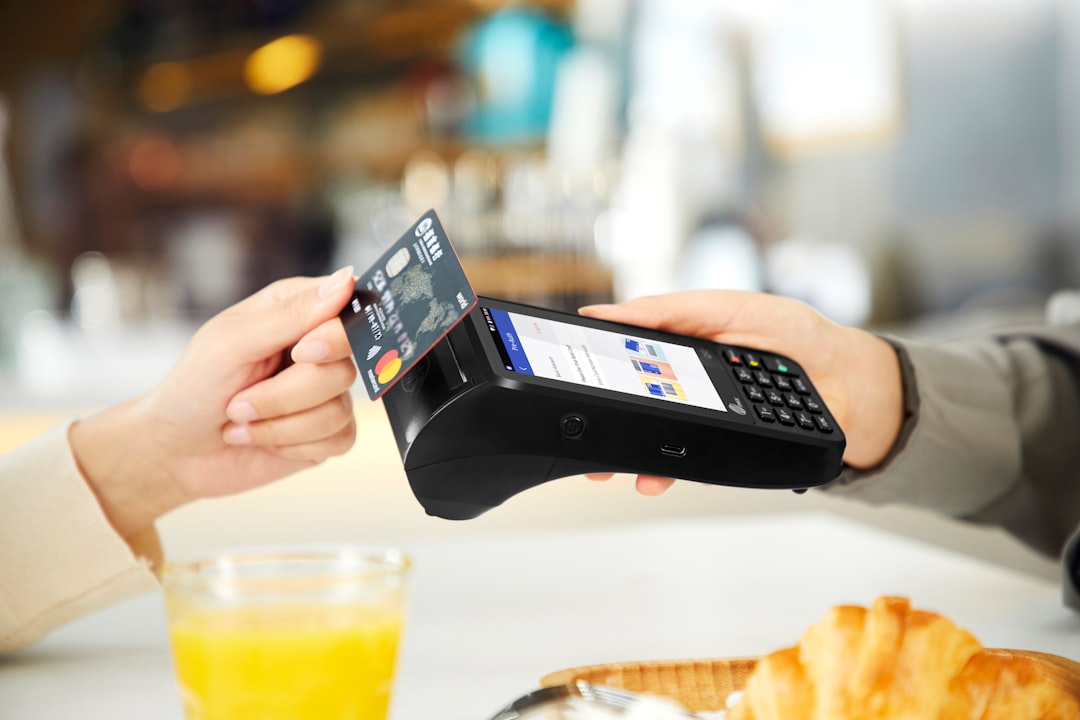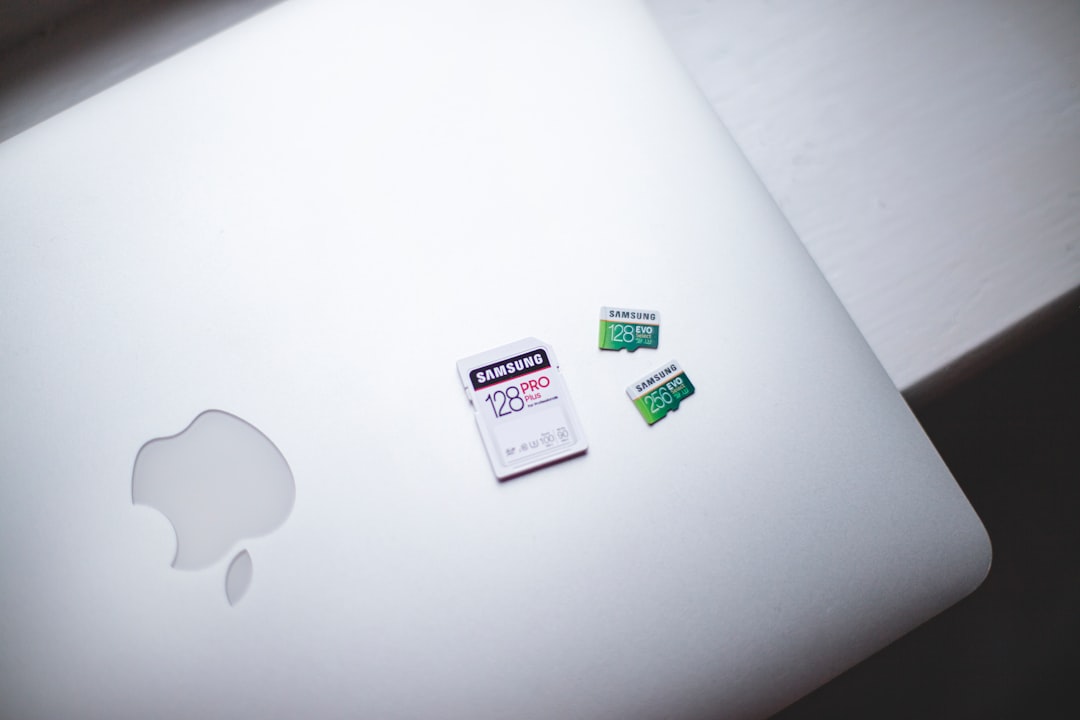Quick Response (QR) codes have dominated the digital landscape as a tool for sharing information, connecting users to URLs, and making transactions. However, as technology evolves, the one-size-fits-all nature of QR codes is giving way to innovative alternatives. These alternatives often address specific drawbacks of QR codes, such as the need for a scanning app or the static nature of encoded information. Here are some of the most noteworthy alternatives to QR codes and how they’re shaping the future of connectivity.
1. NFC (Near Field Communication)
NFC is a wireless communication technology that allows devices to connect by simply bringing them close to each other (usually within a few centimeters). Unlike QR codes, NFC tags do not require the user to open a camera or scanning app. Instead, an NFC-enabled device—like most modern smartphones—automatically detects the tag.
Advantages:
- More seamless and user-friendly than QR codes.
- Information can be dynamically updated using writable NFC tags.
- Works even in low-light environments, unlike QR codes which rely on visuals.

2. Bluetooth Beacons
Bluetooth beacons are small devices that broadcast signals to nearby Bluetooth-enabled devices. Often found in retail environments or museums, these beacons can send notifications, links, or other data to users’ devices. Installing a companion app often enhances the experience, but even without it, simple notifications can still be sent.
Advantages:
- Does not require users to scan anything.
- Data transfer happens without physical interaction.
- Ideal for creating location-based experiences.
Bluetooth beacons shine in applications requiring personalized messaging or environmental awareness. For instance, retailers can send discount codes to users passing by their stores—something QR codes cannot do.
3. Image Recognition Technology
Image recognition takes the idea of scannable visuals and elevates it. Instead of relying on simple patterns like QR codes, image recognition allows for the scanning of complex images—such as logos, packaging, or even artworks. Applications equipped with this technology reveal associated content when a recognizable image is scanned.
Advantages:
- Eliminates the need for a separate barcode or QR code overlay.
- Can be seamlessly integrated into existing product designs.
- Makes use of richer visual aesthetics.

4. Augmented Reality (AR) Interfaces
AR is a growing technology that overlays digital information onto the physical world. Instead of a QR code, users can scan an object or their surroundings using an AR app. This provides a more interactive and immersive alternative. For example, AR can be used to scan a restaurant’s ambiance and immediately access the menu.
Advantages:
- Highly engaging and interactive user experience.
- Can provide much richer and three-dimensional content compared to QR codes.
- Perfect for marketing campaigns or storytelling.
5. Alphanumeric Short Codes
Short codes (such as Bitly links or custom alphanumeric codes) are another alternative to QR codes, especially for sharing URLs. These short combinations of numbers and letters can be typed manually or entered digitally to access the desired information.
Advantages:
- Does not rely on image scanning or physical interaction.
- Works well for contexts where scanning may not be practical (e.g., television commercials).
- Easy to share via text, voice, or online platforms.
6. RFID (Radio Frequency Identification)
RFID technology is commonly used in inventory management, payment cards, and identification systems. Similar to NFC, RFID tags do not require visual contact and can be scanned from a greater distance, making them ideal for industrial applications.
Advantages:
- Flexible range for scanning—unlike NFC and QR codes.
- Can store considerable amounts of information.
- Durable and reliable even in rugged environments.
Conclusion
While QR codes revolutionized the way we share information, their limitations have fostered the development of noteworthy alternatives. From the seamless connectivity of NFC to the interactive potential of AR, these alternatives offer a glimpse into a more flexible, dynamic future of data sharing. Each technology is unique, catering to specific use cases and user preferences. Businesses and developers must assess their needs to choose the right tool for the job.
FAQ
- Q: Are these alternatives more secure than QR codes?
- Q: Do NFC tags require an app to function?
- Q: Is setting up Bluetooth beacons expensive?
- Q: Can AR interfaces work without special devices?
A: Security varies by technology. For example, NFC and RFID can be encrypted for secure communication, while image recognition depends on how securely the linked data is stored.
A: For basic functionality, most modern smartphones can read NFC tags without an additional app, but advanced uses might require specific apps.
A: While the initial investment can be higher compared to QR codes, Bluetooth beacons can provide long-term benefits, especially for large-scale or location-based applications.
A: Most modern smartphones support AR through their cameras, making these interfaces accessible without requiring dedicated AR hardware.
